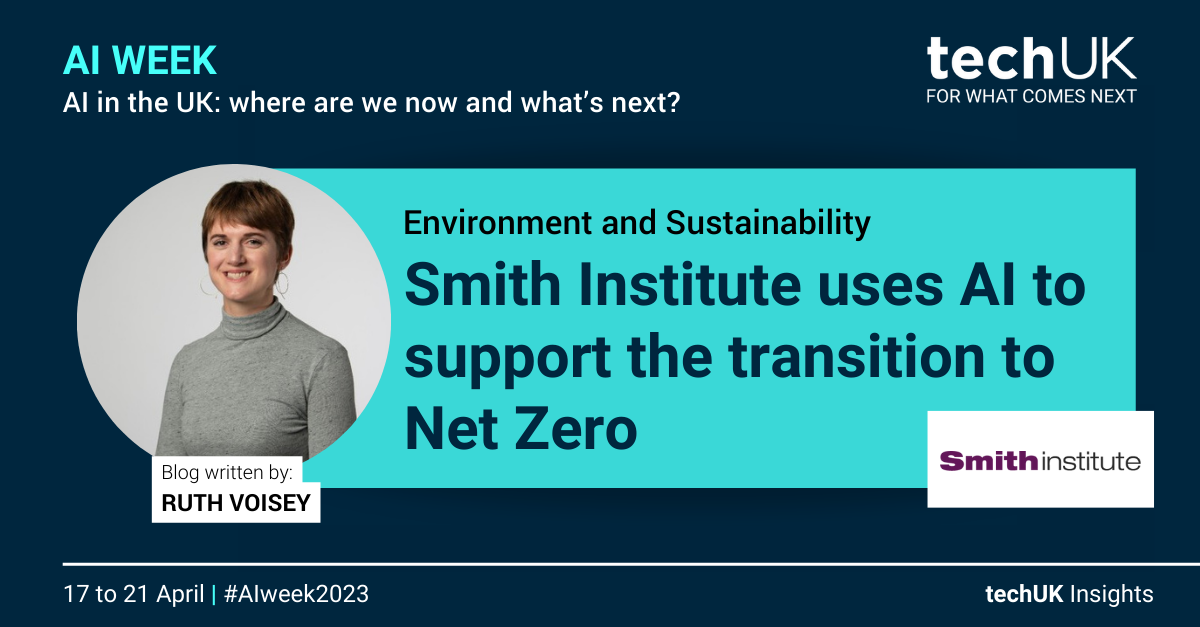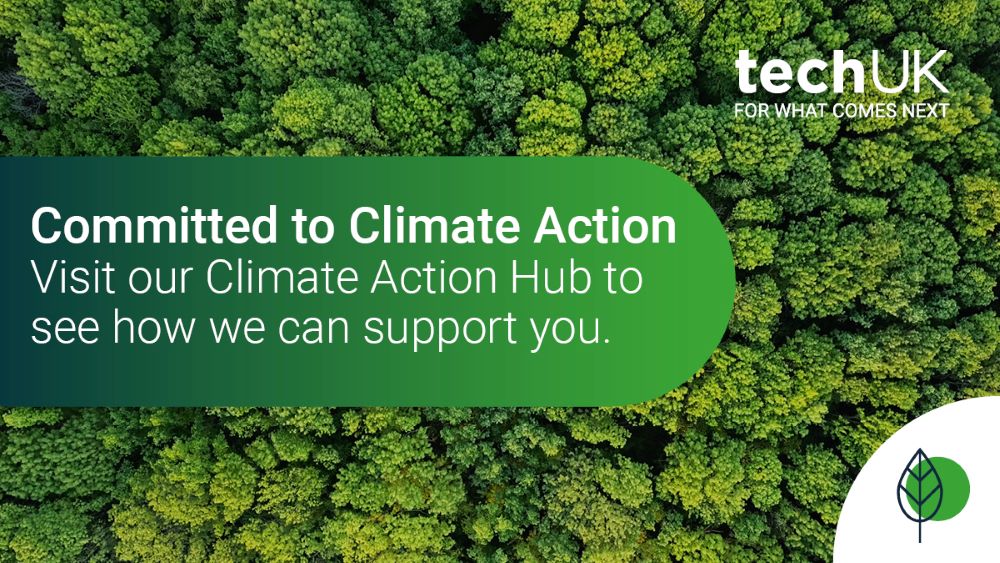Smith Institute uses AI to support the transition to Net Zero (Guest blog by Smith Institute)
Challenge: Identifying communities’ needs to support the green transition
To support Scottish and Southern Electricity Networks (SSEN) Distribution with their Vulnerability Future Energy Scenarios (VFES) project which helps deliver a just transition to net zero. In particular AI was being applied to identify drivers of vulnerability of their customers which would then enable SSEN to forecast how those communities and needs may change in the transition to net zero, and to support them now and through the transition.
Solution: Using Machine Learning to improve decision-making
The purpose of applying ML in this instance was to identify trends and patterns that were not known to humans, due to the scale of the data and the complexity in the correlations between datasets. The results are feeding back into business operations to support human understanding and impact future decision making, with the customers’ well-being at the forefront.
Barriers: geographically limited data
With SSENs data, it was well managed and labelled, meaning that it was very amenable to AI. The data was limited to the areas served by SSEN which has two consequences. Firstly, data at the boundary where the community was served by multiple providers was not exclusive to SSEN and thus needed to be excluded from the analysis to avoid inaccurate results. Secondly, this is not applicable to the entire UK, due to being biased to the areas the model has been trained on. To improve the model further for any future application, the full UK dataset would need to be accounted for.
Otherwise, most risks are mitigated by the fact that this is not an automated and deployed model. The output is provided to humans and scrutinised, then used in conjunction with other data and insights to inform decision making. The model itself has been built by mathematical experts in collaboration with the domain experts of SSEN, ensuring that the data and models have been designed and implemented responsibly, for the use case and requirements of today.
All data used was compliant with GDPR. Datasets were not assessed at an individual level, but at a community level.
Impact: Mapping out social vulnerabilities for better support
The model indicated that certain social indicators are strong drivers in vulnerability, either increasing or decreasing it, but other features were found to be far more prominent in one cluster than any of the others. Interesting results arise from inspection of the clustering results. For example, the number of households in private rented dwellings strongly influences vulnerability in one cluster but is not observed as a main driver in any of the other clusters. Many other demographic features arise in multiple clusters, for example old age, provision of care and household sizes, however the average vulnerability in each cluster differs.
The results of our work identified distinct groups of locations that SSEN service, with each group having similar demographic features driving vulnerability, and each requiring distinct strategies to ensure that those who would be particularly adversely affected by the risk of frequent power cuts will be served by secure, stable, and resilient future networks. These groups cover different locations across Central Southern England and the north of Scotland: a robust strategy for improving infrastructure and services in Scotland and another for the south of England is therefore required to address the varying causes of vulnerability that customers experience.

AI and Data Analytics updates
Sign-up to our monthly newsletter to get the latest updates and opportunities from our AI and Data Analytics Programme straight to your inbox.
techUK – Committed to Climate Action
By 2030, digital technology can cut global emissions by 15%. Cloud computing, 5G, AI and IoT have the potential to support dramatic reductions in carbon emissions in sectors such as transport, agriculture, and manufacturing. techUK is working to foster the right policy framework and leadership so we can all play our part. For more information on how techUK can support you, please visit our Climate Action Hub and click ‘contact us’.


